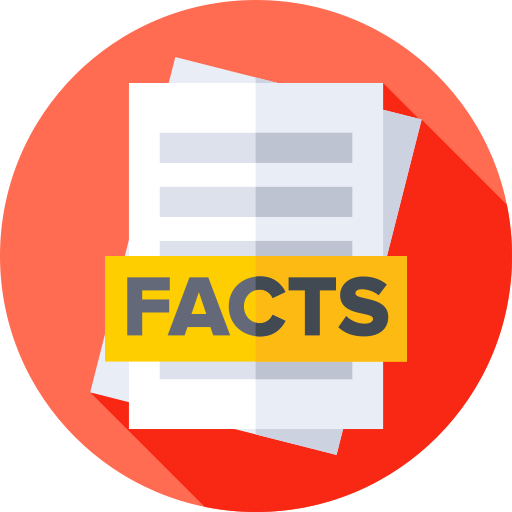Canada - Government

Based on the etymolgy of Canada, it was the name is probably derived from the Huron or Iroquois word kanata, meaning village or camp. The Government system in this country is the federal parliamentary democracy (Parliament of Canada) under a constitutional monarchy; a Commonwealth realm; federal and state authorities and responsibilities regulated in constitution type and the different Administrative divisions includes: 10 provinces and 3 territories*; Alberta, British Columbia, Manitoba, New Brunswick, Newfoundland and Labrador, Northwest Territories*, Nova Scotia, Nunavut*, Ontario, Prince Edward Island, Québec, Saskatchewan, Yukon*
National symbols
Maple leaf, beaver.
The flag
The National flag of Canada has .
Info
The National Anthem
| Title | |
|---|---|
| Lyric/music |
Info
More about the government of Canada
| Date of Independence | 1 July 1867 (union of British North American colonies); 11 December 1931 (recognized by UK per Statute of Westminster) |
|---|---|
| National holiday | Canada Day, 1 July (1867) |
| Legal system | common law system except in Quebec, where civil law based on the French civil code prevails |
| International law organization participation | accepts compulsory ICJ jurisdiction with reservations; accepts ICCt jurisdiction |
| Constitution | |
| History | Consists of unwritten and written acts, customs, judicial decisions, and traditions dating from 1763; the written part of the constitution consists of the Constitution Act of 29 March 1867, which created a federation of four provinces, and the Constitution Act of 17 April 1982 |
| Amendment process | Proposed by either house of Parliament or by the provincial legislative assemblies; there are 5 methods for passage though most require approval by both houses of Parliament, approval of at least two thirds of the provincial legislative assemblies and assent and formalization as a proclamation by the governor general in council; the most restrictive method is reserved for amendments affecting fundamental sections of the constitution, such as the office of the monarch or the governor general, and the constitutional amendment procedures, which require unanimous approval by both houses and by all the provincial assemblies, and assent of the governor general in council |
| Citizenship | |
| Citizenship by birth | yes |
| Citizenship by descent only | yes |
| Dual citizenship recognized | yes |
| Residency requirement for naturalization | minimum of 3 of last 5 years resident in Canada |
| Executive Branch | |
| Chief of state | King CHARLES III (since 8 September 2022); represented by Governor General Mary SIMON (since 26 July 2021) |
| Head of government | Prime Minister Mark CARNEY (since 14 March 2025) |
| Cabinet | Federal Ministry chosen by the prime minister usually from among members of his/her own party sitting in Parliament |
| Election/appointment process | the monarchy is hereditary; governor general appointed by the monarch on the advice of the prime minister for a 5-year term; after legislative elections, the governor general usually designates the leader of the majority party or majority coalition in the House of Commons as prime minister |
| Legislative branch | |
| Legislature name | Parliament of Canada - Parlement du Canada |
| Legislative structure | Bicameral |
| Judicial branch | |
| Highest court(s) | Supreme Court of Canada (consists of the chief justice and 8 judges) |
| Judge selection and term of office | Chief justice and judges appointed by the prime minister in council; all judges appointed for life with mandatory retirement at age 75 |
| Subordinate courts | Federal level: Federal Court of Appeal; Federal Court; Tax Court; federal administrative tribunals; Courts Martial; provincial/territorial level: provincial superior, appeals, first instance, and specialized courts |
| Diplomatic representation in the US | |
| Chief of mission | Ambassador Kirsten HILLMAN (since 17 July 2020) |
| Chancery | 501 Pennsylvania Avenue NW, Washington, DC 20001 |
| Telephone | [1] (844) 880-6519 |
| FAX | [1] (202) 682-7738 |
| Email address and website | [email protected] https://www.international.gc.ca/country-pays/us-eu/washington.aspx?lang=eng |
| Consulate(s) general | Atlanta, Boston, Chicago, Dallas, Denver, Detroit, Los Angeles, Miami, Minneapolis, New York, San Francisco, Seattle |
| Trade office(s) | Houston, Palo Alto (CA), San Diego; note - there are trade offices in the Consulates General |
| Diplomatic representation from the US | |
| Chief of mission | Ambassador Pete HOEKSTRA (since 29 April 2025) |
| Embassy | 490 Sussex Drive, Ottawa, Ontario K1N 1G8 |
| Mailing address | 5480 Ottawa Place, Washington DC 20521-5480 |
| Telephone | [1] (613) 688-5335 |
| FAX | [1] (613) 241-7845 |
| Email address and website | [email protected] https://ca.usembassy.gov/ |
| Consulate(s) general | Calgary, Halifax, Montreal, Quebec City, Toronto, Vancouver |
| Consulate(s) | Winnipeg |
| National heritage | |
| Total World Heritage Sites | 22 (10 cultural, 11 natural, 1 mixed) (2021) |
| Selected World Heritage Site locales | L'Anse aux Meadows (c); Canadian Rocky Mountain Parks (n); Dinosaur Provincial Park (n); Historic District of Old Quebec (c); Old Town Lunenburg (c); Wood Buffalo National Park (n); Head-Smashed-In Buffalo Jump (c); Gros Morne National Park (n); Pimachiowin Aki (m) |
Key Political parties and their leaders in Canada
Info
International organization participation
All Important Facts about Canada
Want to know more about Canada? Check all different factbooks for Canada below.









